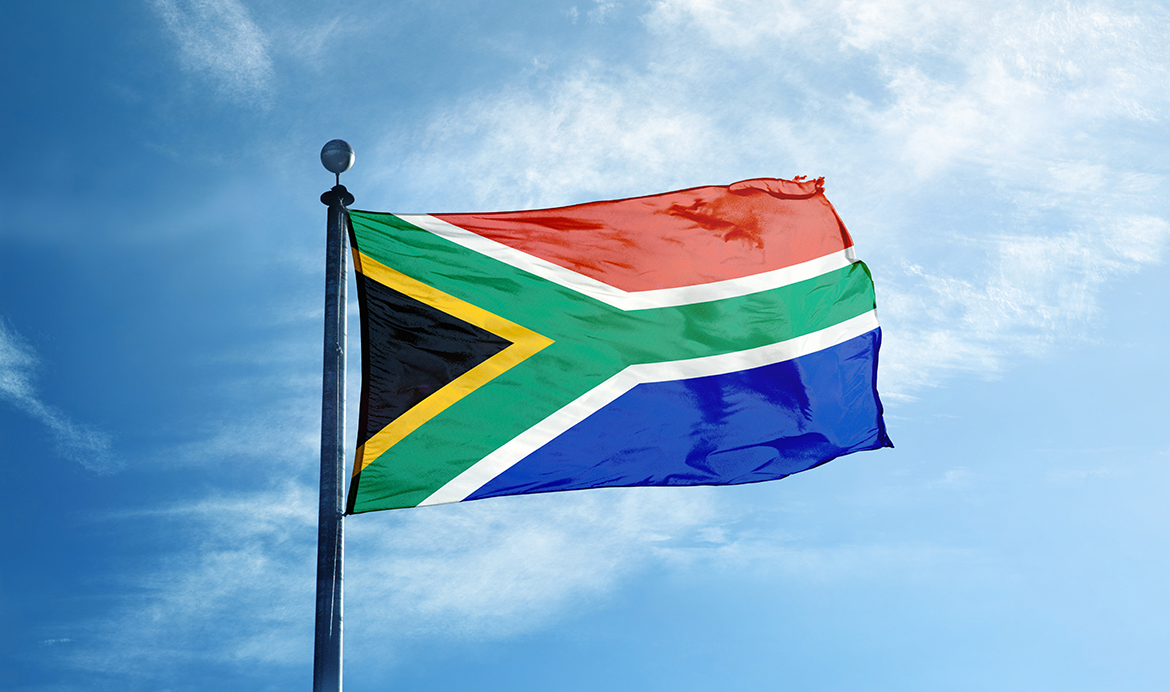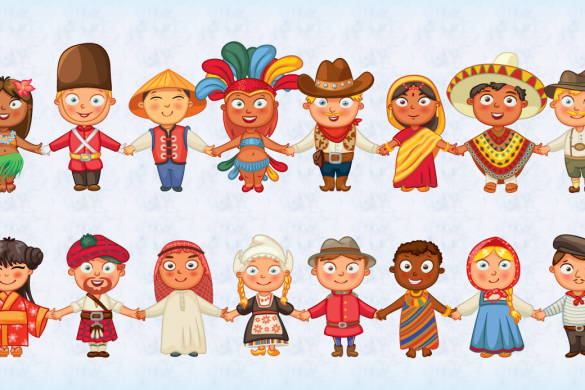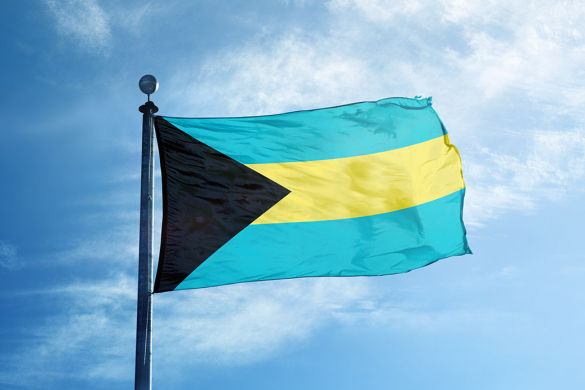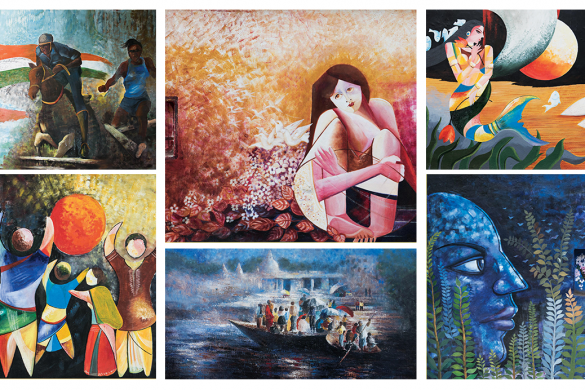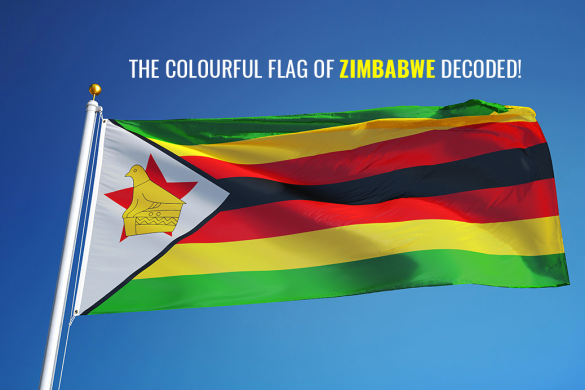We spoke about colours of the flag of South Korea and the symbolism associated with it in our earlier blogpost. Flags truly are a wonderful thing, packed with a country’s rich symbolism and their traditions translating into colours, they are great reminders of the identity, values and principles of a nation. This time, let us discuss the interesting history behind South Africa’s flag and how it came into being. Read on to know all about it here…
When the date of the first democratic elections crept closer, the government of South Africa established a commission to develop a new flag. It needed to depict the unification of all South Africans and this task was assigned to several schools, community groups, churches, sports clubs and other groups. Everyone got actively involved in this project and sent out their recommendations to the committee.
Right before the elections of 1994 in the month of April, the colourful, new flag was unveiled. It was designed by a former South African State Herald, Mr Fred Brownell, and was considered the symbol of a reborn South Africa. When this new flag was designed, it was stated that the colours had no official meaning or symbolism. However, in recent times certain unofficial explanations have been suggested the meaning of the flag’s colours.
The central design of the flag-pole is a V-form and flows horizontally into a single band to the outer edge of the fly. It is believed to be symbolic of the convergence of the different elements of the South African society, walking on the path to unity. The theme of convergence and unity blends beautifully with the motto “Unity is Strength” of the previous South African Coat of Arms. It also indicates the efforts to bring the groups separated for several years closer and their common future without conflicts.
The six, distinct colours and design of the flag have been associated with some interesting themes and are believed to be amalgamations of earlier banners used in South Africa. The variety of colours on the flag stands for the plurality of political and ethnic groups in the country, which is why South Africans call their nation the ‘rainbow nation’ and their flag is known as the ‘rainbow flag’.
Here is a breakdown of the colours on the South African flag and its symbolism:
Black stands for the native African people.
Green stands for the fertility of the land, food production and agriculture.
Gold stands for the mineral wealth of the country.
Red stands for those who gave up their lives for the freedom of South Africa.
Blue stands for the moderate climate with plenty of blue sky, symbolizing opportunities in a pleasant landscape.
White stands for international peace and justice, just like the white dove that is symbolic of peace. Some also believe that it stands for the Europeans settled there and the status of peace between them and the natives.
Interesting, isn’t it? That’s all for now but stay tuned for more interesting trivia in our Colour and Culture series!
